Art World
Major Bauhaus Exhibitions Will Circle the Globe in 2018 to Fête the Movement’s Centenary
From next year, shows in Japan, China, Russia, and Brazil will explore the German school’s global impact.
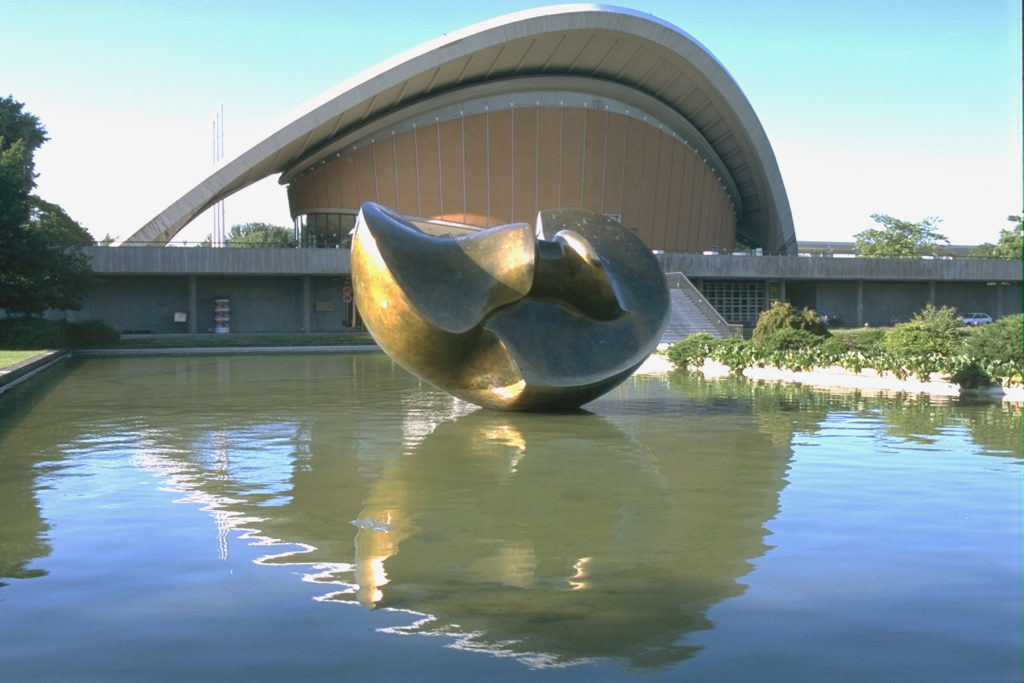
From next year, shows in Japan, China, Russia, and Brazil will explore the German school’s global impact.

Naomi Rea

Next year, a major series of shows titled “Bauhaus Imaginista” will explore the interaction between the Bauhaus and non-European Modernist movements in celebration of the hundredth anniversary of the establishment of the German art school.
A series of exhibitions will be staged at different art and design museums and institutions in Japan, China, Russia, and Brazil from March 2018, leading up to a landmark exhibition in Berlin’s Haus der Kulturen der Welt in 2019, the Bauhaus’s centenary year.
Curated and art directed by Marion von Osten and Grant Watson, the individual chapters of the exhibition series will be complemented by a program of satellite events, workshops and panels with cultural professionals in the US, India, Morocco, and Nigeria.
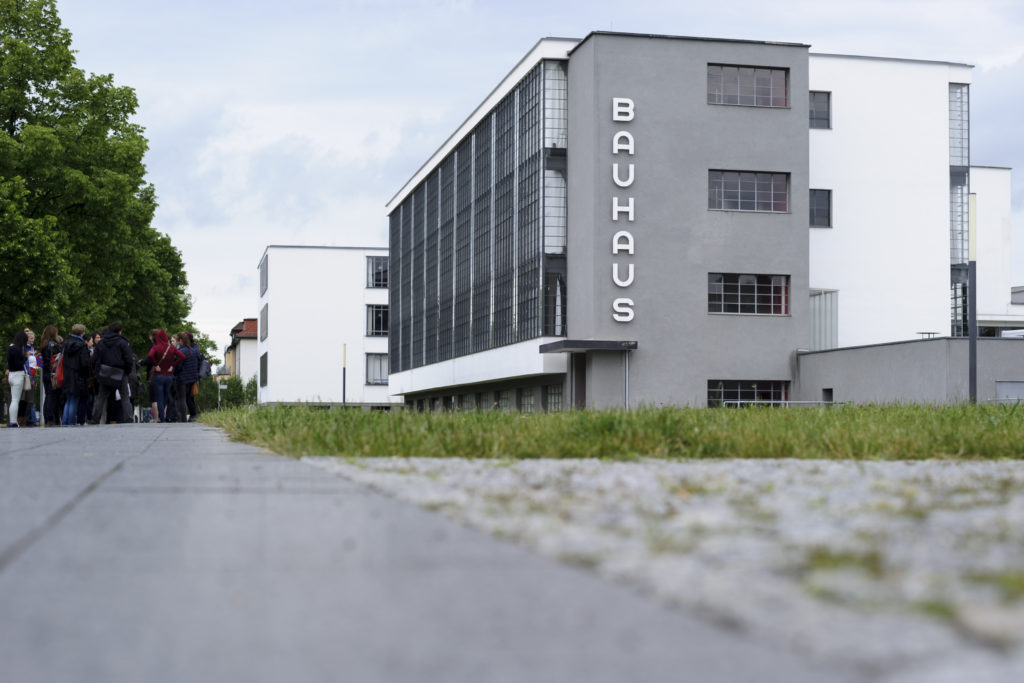
The Bauhaus in Dessau-Rosslau, Germany. Photo: Jens Schlueter/Getty Images.
Founded in 1919 when Germany was radically rethinking life after the trauma of World War I, the Bauhaus called for a new design ethos, deconstructing the traditional division between fine art and crafts and striving towards a Gesamtkunstwerk (total work of art).
The Bauhaus cast its net wide, exchanging ideas with the international creatives who studied in Germany, and spreading the style worldwide through its many practitioners. The centenary project’s global look at the impact of the school is unprecedented, and has yielded some interesting findings.
“One of the most surprising was the work of Japanese architect Renshichiro Kawakita, who established a design school in Tokyo called Seikatsu Kosei Kenkyusho (Collective for Everyday Life Design) in 1931,” Watson wrote to artnet News in an email.
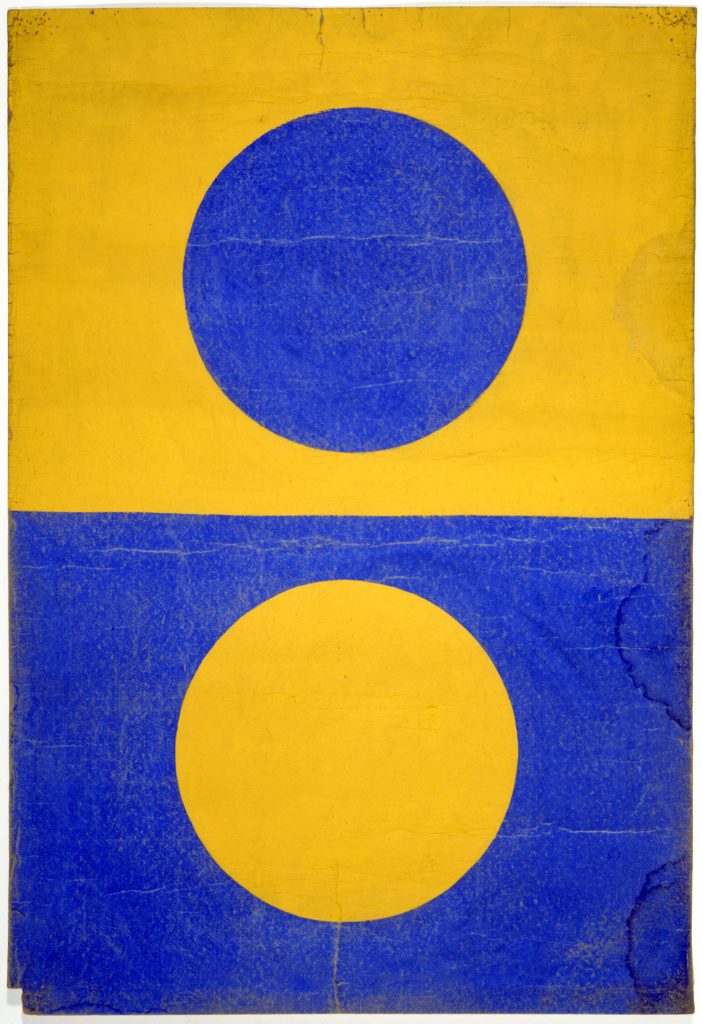
Takehiko Mizutani’s SimultaneousContrastStudy (Teaching Josef Albers), (1927). Photo: Markus Hawlik, ©Bauhaus Archive Berlin, courtesy Goethe Institut.
“This combined ideas from Bauhaus pedagogy with the Japanese concept of Kosei which can variously mean structure, composition, or organisation,” he added.
Elsewhere, von Osten told artnet News, the Bauhaus’s synthesis of handicrafts, architecture, and art matched with the concerns in non-western societies after independence, when local art movements were searching for a postcolonial aesthetic.
Artists Kader Attia, Luca Frei, Wendelien van Oldenborgh, the Otolith Group, and the architect Zvi Efrat have been commissioned to produce new works for the project, and are working with the curators on each exhibition in order to, as Watson explained, “bring historical research closer to the contemporary questions that these artists address in their work.”
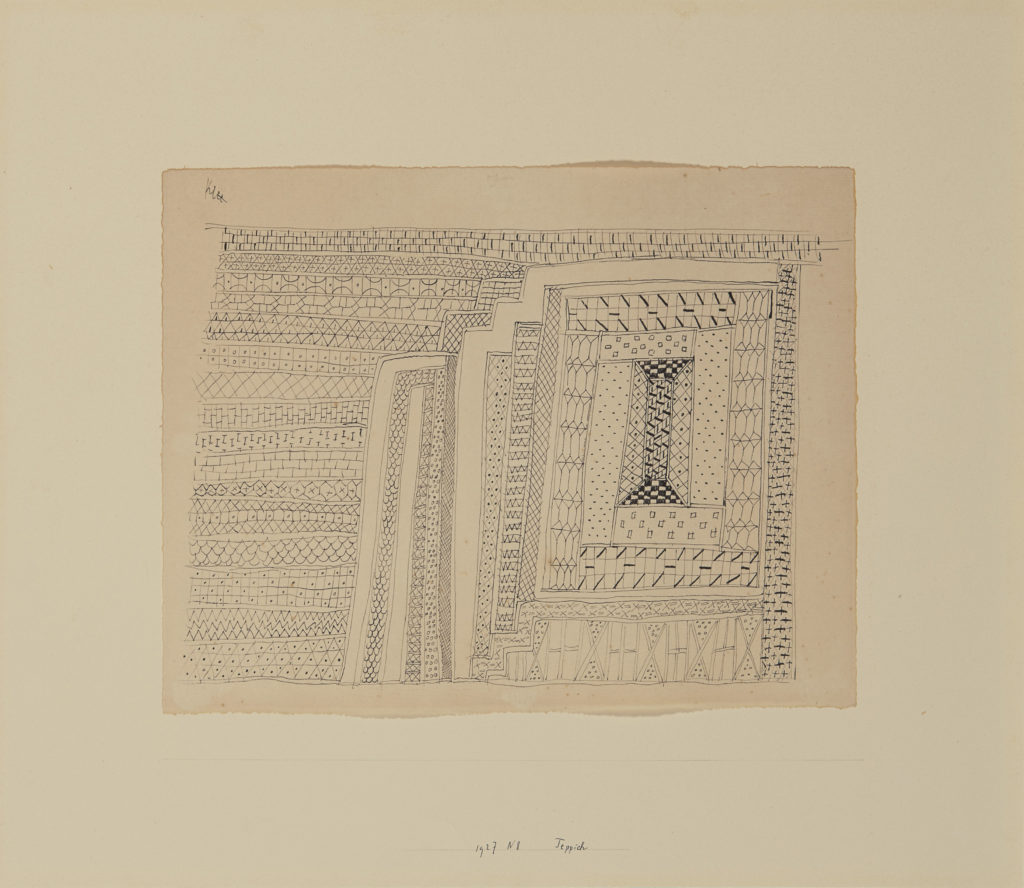
Paul Klee’s Rug (kilim), (1927). Image: ©Hans Snoeck Private Collection, New York, courtesy Goethe Institut.
Each of the four exhibition chapters will be structured around one Bauhaus object: the Bauhaus Manifesto of 1919; a 1925 collage by Marcel Breuer; a drawing by Paul Klee from 1927; and Kurt Schwerdtfeger’s Reflektorisches Lichtspiel (Reflexive Play of Light) (1921).
With simultaneous events in Tokyo and New Delhi, the first chapter, “Correspondence,” will look at the teaching methods of the Bauhaus, comparing them with two contemporaneous avant-garde art schools in Japan and India.
Chapter two, “Designing Life” will travel to the newly opened China Design Museum in Hangzhou, and then to the Garage Museum of Contemporary Art in Moscow. With an accompanying event in Lagos, Nigeria, the second exhibition aims to explore the influence of the Bauhaus debates on other cultural and political contexts, for example in the USSR, Mexico, and China.
Accompanied by parallel events in New York and Rabat, the third instalment is titled “Learning From,” and will be staged in the SESC Pompéia in São Paulo, Brazil. Chapter three will examine the ethical dimensions of the various inspirations and appropriations of indigenous and pre-modern material cultures in Morocco, Nigeria, and Brazil, as well as how these cultures developed after encountering the Bauhaus.
Finally, during the Bauhaus centenary year in 2019, the locally developed exhibitions and events will be brought together and expanded on in a large overview which will include the fourth exhibition chapter, “Undead,” at Haus der Kulturen der Welt in Berlin.
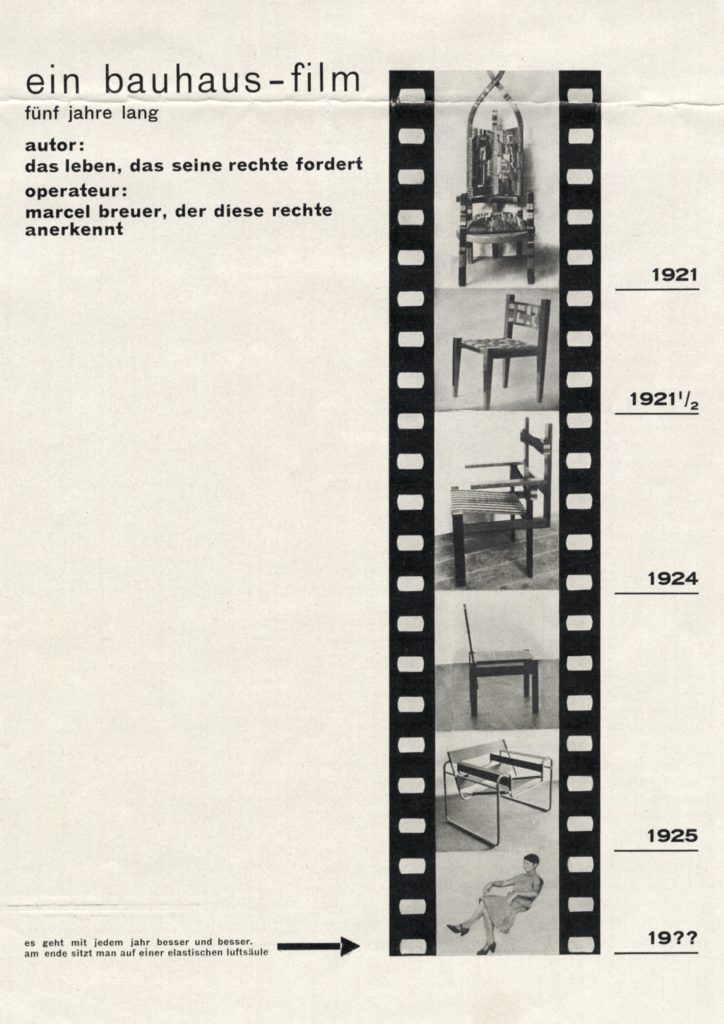
Marcel Breuer’s A Bauhaus film for five years (1926). From: “Bauhaus. 1.Jg.” 1926. Photo: ©Bauhaus-Archiv Berlin, courtesy Goethe Institut.
With all the resulting research planned to be published in an online journal, “Bauhaus Imaginista” hopes to ignite transnational studies and discussion on the field.
“The question we need to ask is why this division between the arts till today is so persistent, even though contemporary art claims to work against these boundaries,” said van Osten. “How do contemporary art schools need to change to meet the societal condition in which we live?”
“Chapter I: Correspondence” will be staged at the National Museum of Modern Art Kyoto from August 4 to October 8, 2018.
“Chapter II: Designing Life” is at the China Design Museum in Hangzhou from April 8 to July 8, 2018, and at Garage Museum of Contemporary Art in Moscow from September 11, to November 30, 2018.
“Chapter III: Learning From” will be staged in the SESC Pompéia in São Paulo, Brazil, from October 10, 2018 to January 10, 2019.
“Chapter IV: Undead” is on at the Haus der Kulturen der Welt in Berlin between March 15 and June 10, 2019.